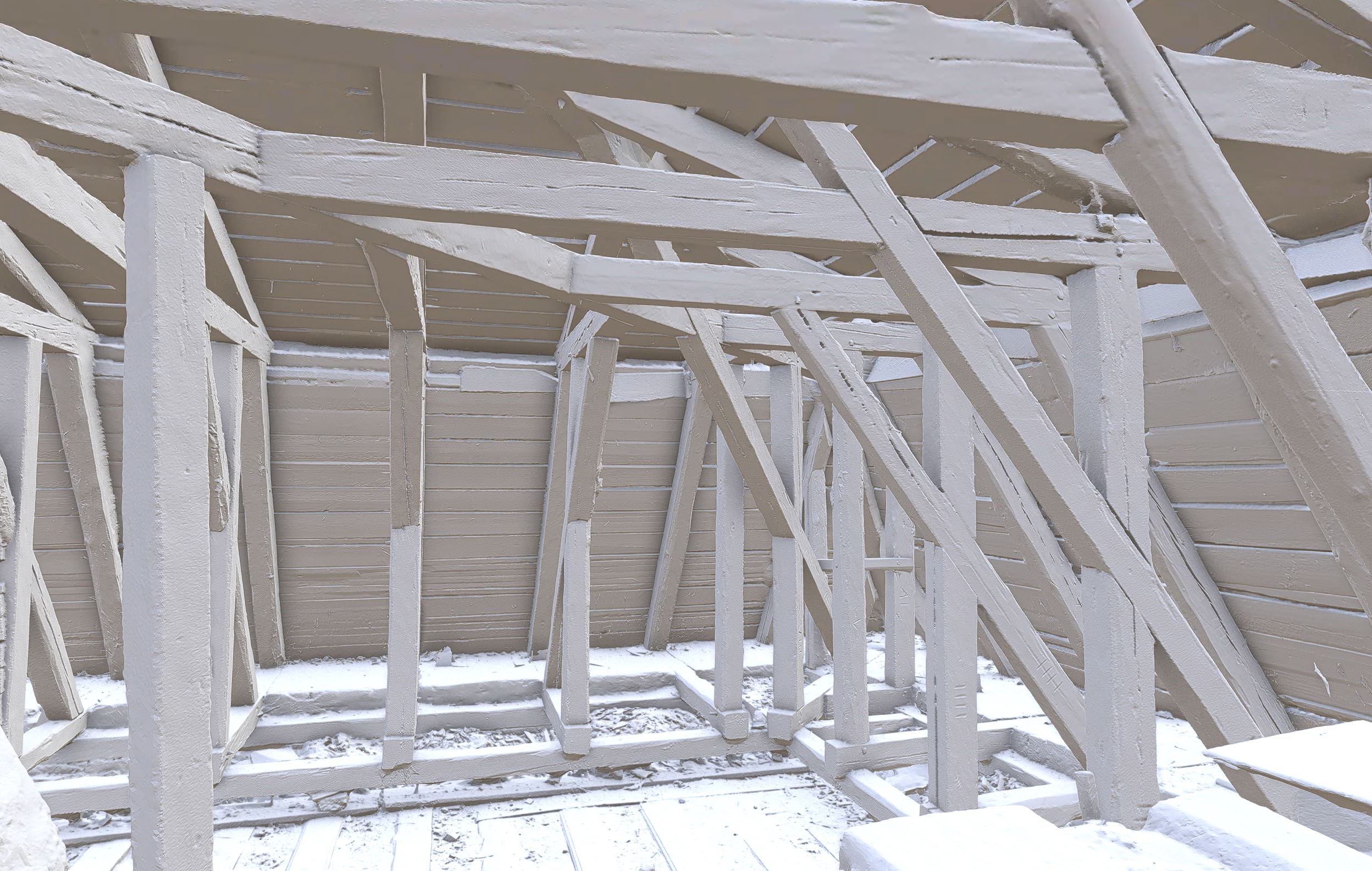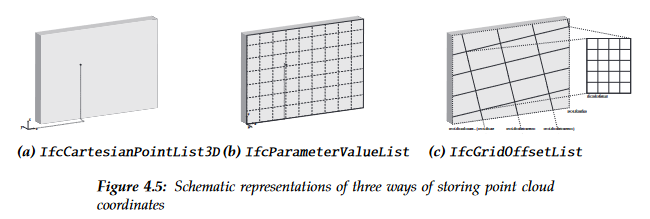Gigantic meshes are a problem of course. Can be solved with LOD (Level of Detail, as in game engine, not the architectural version). I usually make a web version of the mesh with low polycount and Normal maps, and one high poly version for measures, 3d-print and calculations. Clipping box is useful of course as even a low poly royal palace has millions of triangles. We can also hope for Unreal engines Nanite goes open-source and implemented in all 3d sofware (yeah, right).
I am doing a prestudy right now for the National Heritage Board about the implementation of the EU recommendations from 2011, updated 2021, stating that:
"The digital strategy should set clear digitisation and digital preservation goals. Those goals should be based on objective and clear criteria, including:
(a) cultural heritage at risk,
(b) the most physically visited cultural and heritage monuments, buildings and sites and
(c) the low level of digitisation for specific categories of cultural heritage assets.
By 2030, Member States should digitise in 3D all monuments and sites falling under (a) and 50% of those falling under (b).
By 2025, Member States should digitise 40% of the overall 2030 targets.
Member States should take the necessary measures to ensure that all digitised cultural assets referred to in point 6 (a), (b) and (c) are also digitally preserved."
This will hopefully lead to a lot of heritage being scanned. It would be a pity if those scans just rotted away on a harddrive somewhere and only were used in case of destruction of the monument. They should be used for visualisations for the public and also BIM models for the administration. But seeing all these wonderful buildings as Revit cardboard boxes will break my heart.
So there is potential for big money, but I can only affect little Sweden and would need help from you others. If we can set a goal, a way there, an estimated budget and timeschedule, it will be a lot easier to get funding. Do you think it is possible in a few years perspective?

